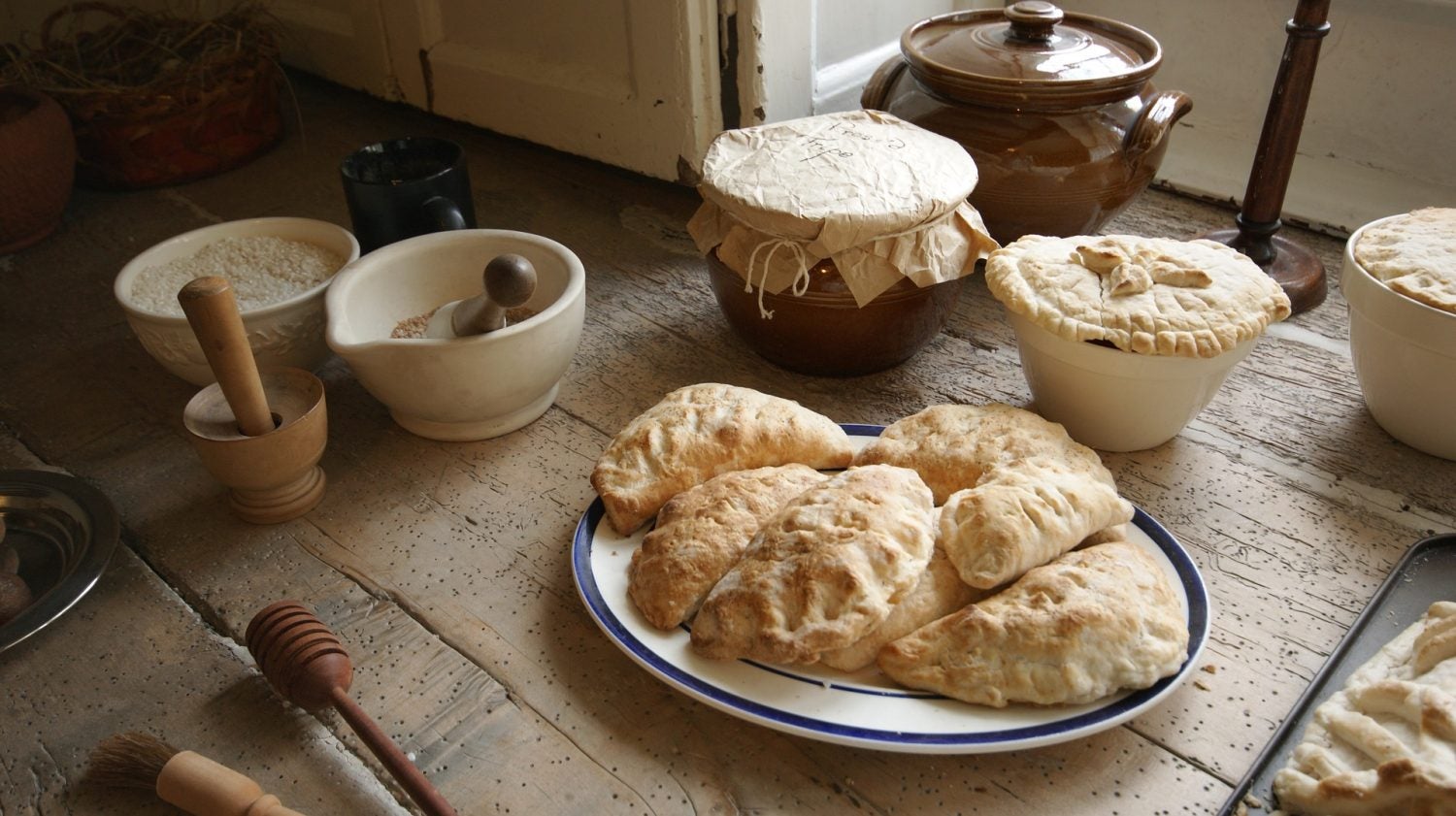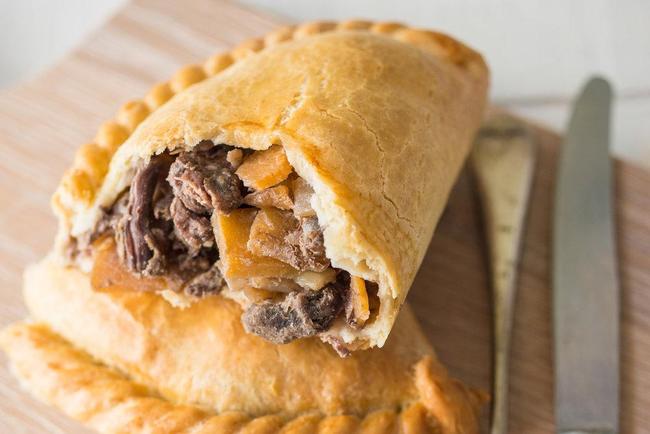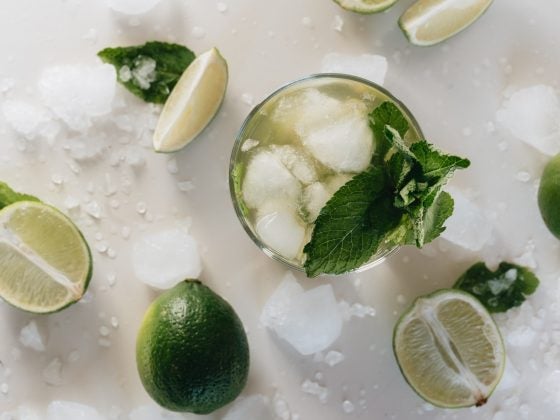Cornish pasties by post are traditional meat pies that contain diced beef, potato, onion, and rutabaga. Rutabaga is also known as swede in the United Kingdom. In the cornish meat pie, at least 12.5% of the contents are minced. The contents also need to have a light peppery seasoning. It has to be made in Cornwall to be recognized as an authentic Cornish pasty.
What is the History of Cornish Pasty?
The Cornish pasty is believed to be invented by the early Irish Catholic priests. They fashion the pasty in this way for convenient transportation when they are preaching in the countryside. The dish is being mentioned in Merry Wives of Winsor by Shakespeare in 1598. Another French poet, Chretien de Troyes also mentions pasties in his work called Eric and Enide.
Starting in the early century of the 1300s, the cornish pasty was the food for the upper classes and royalties. As the centuries passed, food becomes a staple for the poor families who work in underground mines. The reason is that the recipe can be made with potato and swede only, which are cheap ingredients that can be afforded by poor people.
In the middle of the 1800s century, there are lots of poor families who work in the tin mines. Children would always carry their pasties underground for lunch. The thick crust can provide adequate insulation for the savory contents for many hours. The meal is packed with calories to supply energy for laborers who have been worn out after working for many hours in the hot underground mines.
At lunchtime, when the pasties are delivered, the ball maidens would lower the basket and cry out “Oggie! Oggie! Oggie!” The cries let the men miners that are working in the underground mines know that their lunch has arrived. The miners would usually reply “Oi! Oi! Oi!” to acknowledge the deliveries and collect the pasties for their lunch. After that, the basket would be hauled up again.
Cornish Pasty in the Modern Times
The Cornish pasty is the most popular export of Cornwall as it is in demand by people in outstation areas. It manages to pull in around £150 million every year for Cornwall. It is estimated that 90% of the pasties are being sold across the Tamar Bridge. Today, Cornish pasties can be found in places such as Australia, South Africa, South America, and the USA.
What is an Authentic Cornish Pasty?
The guideline in the Cornish Pasty Association states that a genuine Cornish pasty must use only beef meat and the vegetables in the list. It needs to have at least 12.5% beef and 25% vegetables. The ingredients used for the fillings have to be raw and not cooked. The spices that are used in making the pasty vary across different nationalities. However, the common point between them is that they all use potatoes and onions as ingredients. The pasty can be developed into a shortcrust, rough puff, or puff. The moisture from the onions can create a savory gravy for the pasty. A Cornish pasty that is well done will be able to withstand breaking.
According to the Cornish Pasty Association, the crimp needs to be folded into a D shape on one side. It is to be glazed with egg, milk, or both. There needs to be at least 18 – 20 crimps. You only need to fill half of the circle. The other half is to be folded over the top. You can use your index finger and thumb to knead the edge of the pastry until it forms a crimp. You can keep repeating the process on the edge of the pasty. The pie must be made in Cornwall in order to be officially known as a Cornish pasty.
How the Cornish Pasty Come to America
The mining resources dwindle in Britain in the late 1880s. This forced the mining workers to roam around in the New World and they finally found jobs in the upper peninsula of Michigan. The upper peninsula of Michigan is also rich in iron and copper deposits. The Cornish miners introduce their Cornish pasties to other miners from France and Italy. Cornish pasties started to get sold in restaurants when the Mackinac Bridge is launched in 1957. The National Pasty Day was declared on May 24 in 1968 in honor of Governor George Romney. It was to commemorate the bridge that joins the lower and upper peninsula in Michigan.
How to Eat the Cornish Pasty?
The correct way to eat the Cornish pasty is from top to down from the opposite end of the initial. In this way, you will be able to save the pasty for later if you did not manage to finish it. Legend believes that there will be woe for a person to eat another person’s corner. You can also eat the pasty with ketchup and gravy. It is easy for miners to eat the pie as there is no need to use a knife and fork. The D shape allows the miners to get a good grip on the pasty’s thick crust.
There is no place for the miners to wash their hands in the mine they work so it is necessary to create a hard crimped crust for them to hold on to while eating. The crust is discarded after eating. The tin mines where the miners work contain a large amount of arsenic. Not eating the crust prevent the miners from consuming a large amount of arsenic. However, many pastylogists are doubtful about miners holding on the thick hard ridge while eating. They have shown photographs of miners eating pasties in muslin bags instead.
The crusts are not wasted; they are thrown on the ground for the knockers. The knockers are leprechauns who live in the mines. Giving the crust to the knockers prevent them from creating mischiefs in the mines. It is a safe charm of protection for the folks who work in the mines.
Different Versions of Cornish Pasties
Many varieties of recipes have been introduced such as beef, stilton, rabbit meat, bacon, herring fish, and chicken tikka. It is not a new thing for different types of fillings to be used in the pasty. For example, in one legend, the devil dare not cross the River Tamar into Cornwall because he is familiar with the Cornish women who have a habit of putting any type of ingredient that they can find into a pasty. In folklore, it is said that they often expand the pasty to include a partition that contains the dessert. Most of the pasty would be made up of the traditional filling of meat and vegetables. The rest will be a section that contains the sweet fruits.


















